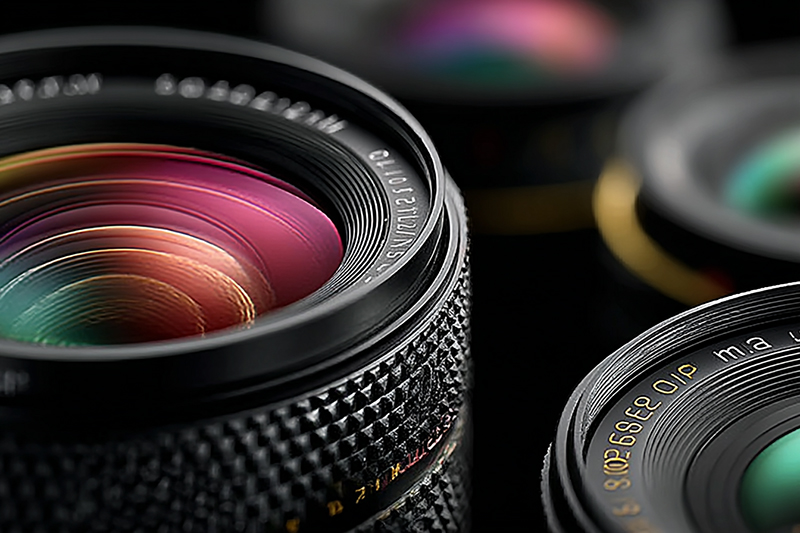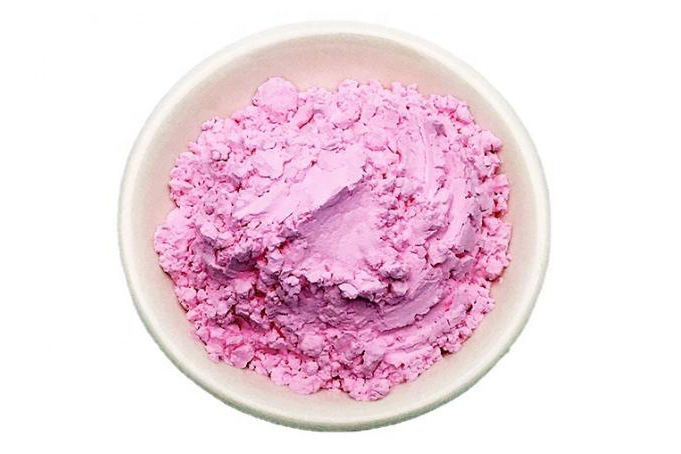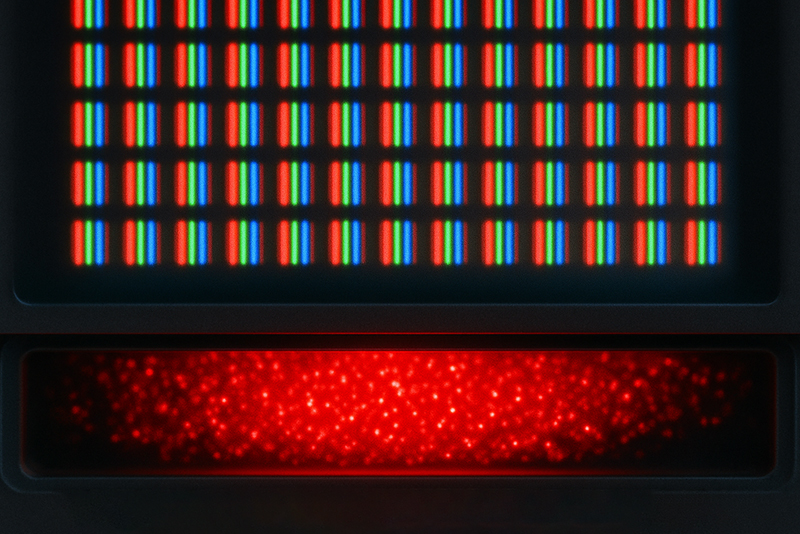Europium, a rare earth element with distinctive properties, plays a pivotal role in various applications that are integral to modern technology and industry. This article delves into the uses of europium, showcasing its importance in electronics, lighting, manufacturing, and medical imaging. From the vibrant colors on our screens to the enhancement of nuclear safety, europium's contributions are both widespread and remarkable.
Discovered in 1901 by French chemist Eugène-Anatole Demarçay, europium is a soft, silvery metal that belongs to the lanthanide series of the periodic table. Named after the continent of Europe, it is known for its exceptional luminescent properties. Despite being one of the least abundant rare earth elements, europium has become indispensable in several key industries due to its unique ability to absorb and emit light.
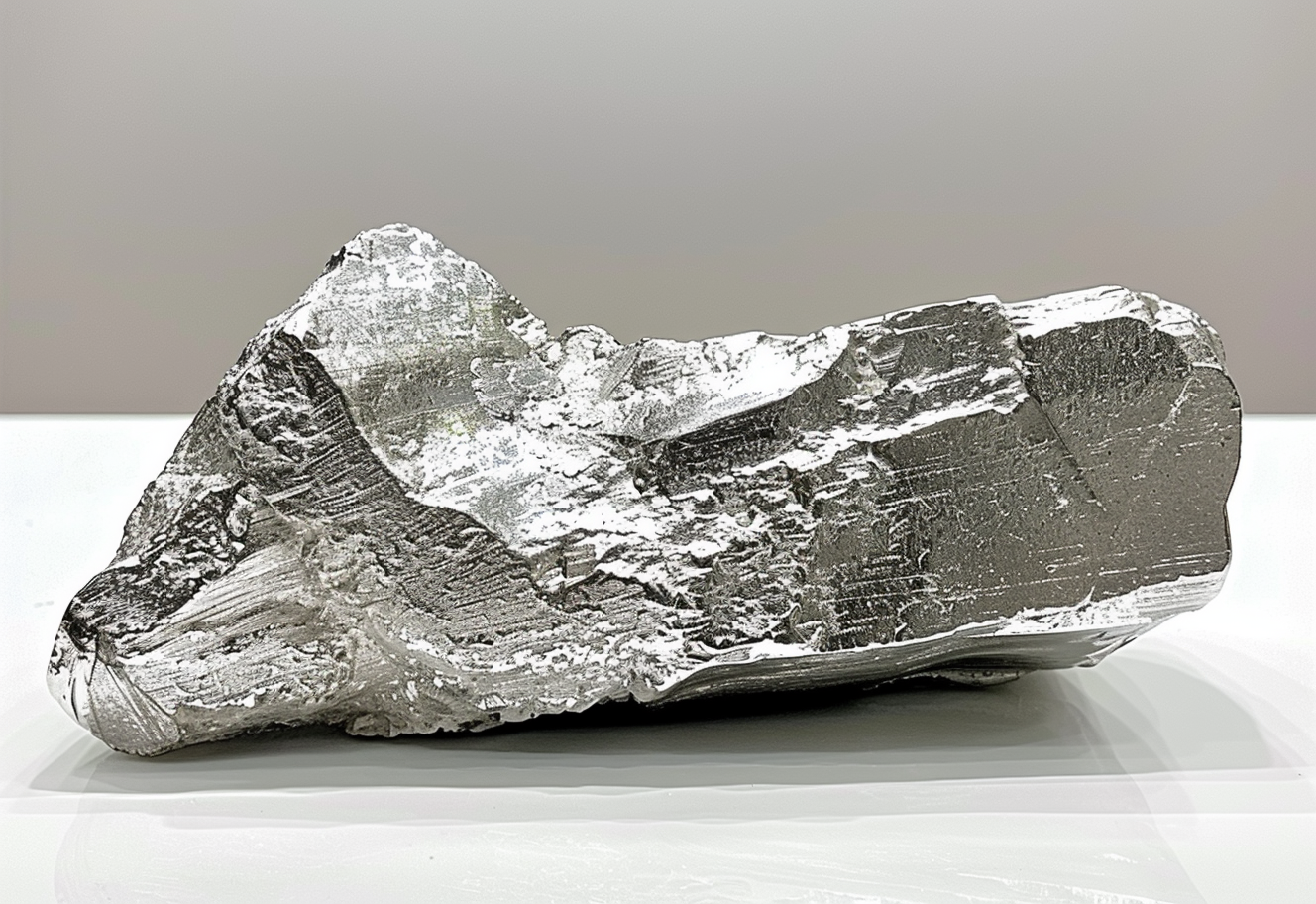
Europium's most notable application lies in its use within phosphors for lighting and display technologies. The element is responsible for the bright reds on television and computer screens, playing a critical role in the development of color displays. Europium-doped phosphors are utilized in fluorescent lamps and LED lights, where they contribute to energy efficiency and color rendering. The red phosphor in LEDs, often europium(III) oxide, enables a wide gamut of colors with high color fidelity, making modern display technologies more vibrant and lifelike.
Europium's impact extends into the realm of material science, where it enhances the properties of glass and crystal. Its application in lasers and fiber optics is particularly noteworthy, enabling precise operations in medical procedures and high-speed data transmission. Europium-doped materials are essential in manufacturing components that require stringent control over optical characteristics, underscoring the element's versatility beyond mere luminescence.
Europium plays a significant role in medical imaging technologies. Its compounds are used as markers in some types of X-ray imaging and as activators in the phosphors that make up the screens of X-ray cassettes. The ability of europium to convert X-rays into visible light enhances the clarity and detail of medical images, aiding in diagnosis and treatment planning. This application underscores europium's contribution to healthcare and medical diagnostics.
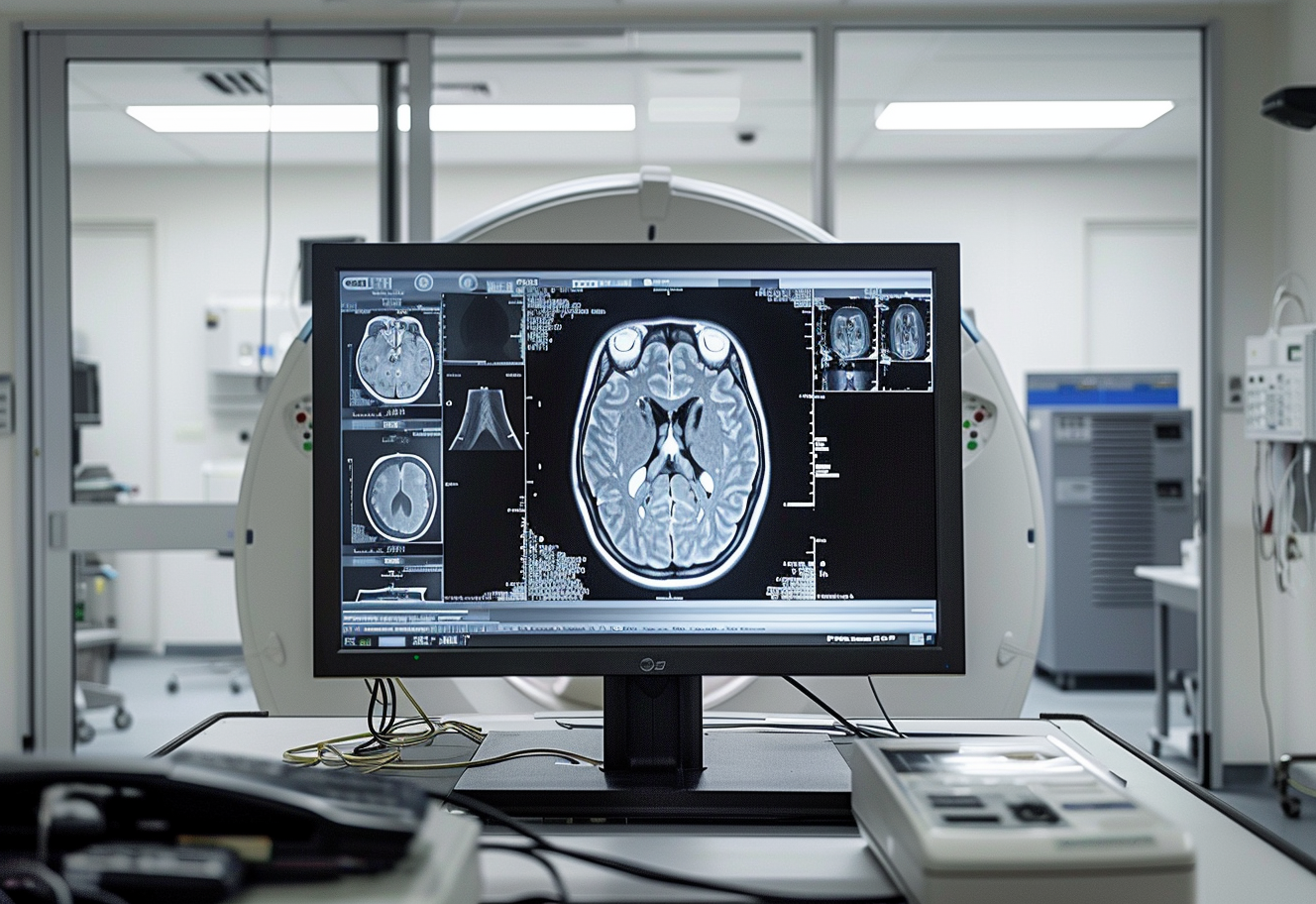
The unique luminescent properties of europium are leveraged in anti-counterfeiting measures. Currencies, credit cards, and important documents can be embedded with europium-based materials that emit characteristic fluorescence under ultraviolet light, making authentication straightforward and tampering more difficult to conceal. This use of europium helps to ensure the security and integrity of various sensitive and valuable items.
The entertainment industry leverages europium to create mesmerizing visual effects. Used in black light paints and materials, europium phosphors enhance the ambiance of theatrical productions and amusement parks with their glowing allure. Furthermore, its use in safety signage ensures that these enchanting experiences are enjoyed with the highest safety standards, highlighting europium's dual role in aesthetics and public safety.
Europium's applications in scientific instruments further showcase its versatility. Its emission spectrum is pivotal in spectroscopy and microscopy, aiding in the meticulous analysis of substances and biological specimens. The calibration of optical instruments with europium ensures the precision of scientific measurements, contributing to the reliability of research findings across disciplines.
Europium is at the forefront of research in quantum materials and nanotechnology. Scientists are exploring europium-doped compounds for potential applications in quantum computing, where the element's magnetic and optical properties could be harnessed to create qubits for quantum information processing. Additionally, europium nanoparticles are being investigated for their use in biolabeling and drug delivery, demonstrating the element's versatility and potential in advancing technology and medicine.
The extraction and processing of europium, like other rare earth elements, present environmental and supply chain challenges. Sustainable mining practices and recycling initiatives are crucial to mitigating the environmental impact of europium production. As demand for europium continues to rise, driven by advancements in technology and electronics, addressing these challenges becomes increasingly important.
Despite these concerns, the future of europium looks bright. Ongoing research and development efforts are unlocking new applications and improving existing technologies. Europium's unique properties continue to make it a subject of interest for scientists and engine
Europium's journey from a rare, enigmatic element to a linchpin of modern technological innovation underscores its invaluable role across various sectors. From revolutionizing display technologies and enhancing medical diagnostics to fortifying security measures and advancing scientific research, europium's contributions are pervasive and enduring. As we continue to explore its potential, europium is set to play an even greater role in shaping our technological landscape, illuminating the path toward future advancements and discoveries.
Stanford Materials Corporation, a leading supplier of rare earth elements, specializes in providing high-quality europium for a range of applications in electronics, lighting, and medical imaging. Their expertise in sourcing and supplying europium underscores their commitment to advancing technologies reliant on this critical material.
Eric Loewen
Eric Loewen graduated from the University of Illinois studying applied chemistry. His educational background gives him a broad base from which to approach many topics. He has been working with topics about advanced materials for over 5 years at Stanford Materials Corporation (SMC). His main purpose in writing these articles is to provide a free, yet quality resource for readers. He welcomes feedback on typos, errors, or differences in opinion that readers come across.

 Inquiry List
Inquiry List
